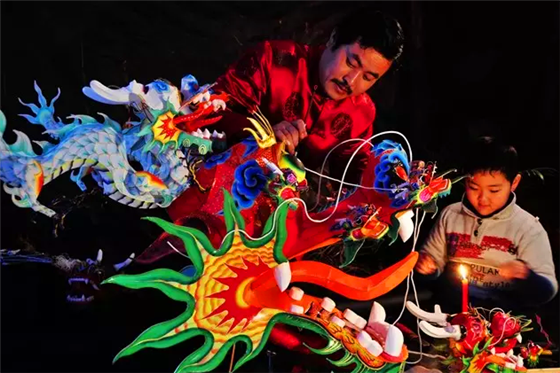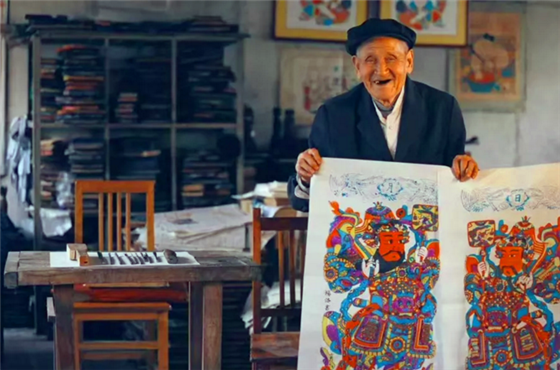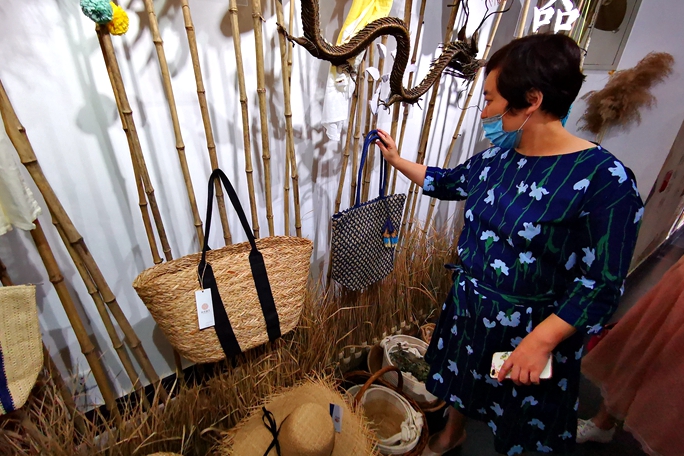Weifang honored as 'hometown of Chinese folk literature and art'
The Shandong city of Weifang was recently dubbed as "Hometown of Chinese Folk Literature and Art" by the Chinese Folk Literature and Art Association.
Weifang was the fifth prefecture-level city to win the honor following Zhengjiang province's Lishui and Shaoxing, Jiangsu province's Nantong, and Fujian province's Shanwei.
The history of settlement in Weifang dates back more than 7,000 years. Previous generations have left numerous cultural legacies, including more than 1,800 cultural relics, ancient ruins, buildings and inscriptions.
The ancient city of Weifang is endowed with rich cultural resources. Traditional folk arts like kites and woodprints have stood the test of time and gained reputation from home and abroad.
 |
|
A folk artist decorates a dragon-shaped kite in Weifang, Shandong province. [Photo/WeChat account: htqzfw] |
Weifang's Yangjiabu village has a history of making New Year paintings for some 600 years since the Ming Dynasty (1368-1644). In the Qing Dynasty (1644-1911), there were 100 workshops in the village with 1,000 kinds of paintings and tens of thousands of xylographs. Local lore says, "Each family has a painting workshop, and everybody is good at handicraft."
Today, this small village is one of three major production bases of woodblock-printed New Year paintings, along with Yangliuqing in Tianjin in North China and Taohuawu in Suzhou of East China's Jiangsu province.
 |
|
A folk artist displays woodprint New Year Paintings in Yangjiabu village of Weifang, Shandong province. [Photo/WeChat account: htqzfw] |
The Weifang municipal government highly values the protection, inheritance and development of traditional folk arts. A series of policies and measures have been implemented to build a systematic mechanism to support folk art inheritors as well as promote development of local traditional culture.
Through long-term efforts and hard-work, Weifang has made remarkable achievements in the saving, protection and development of local folk art. The city has 14 cultural items chosen as national intangible cultural heritages and 35 ones listed as provincial-level intangible cultural heritages.
 |
|
Local residents learn paper-cutting at a folk art teaching base in Weifang, Shandong province. [Photo/WeChat account: htqzfw] |
Weifang had built a batch of cultural industrial parks, aiming to get the utmost of the city's rich historical and cultural legacies and boost cultural development and creative industry.

 Shandong Culture and Tourism Consumption Season
Shandong Culture and Tourism Consumption Season Culture, tourism sectors pick up in Shandong as epidemic wanes
Culture, tourism sectors pick up in Shandong as epidemic wanes

